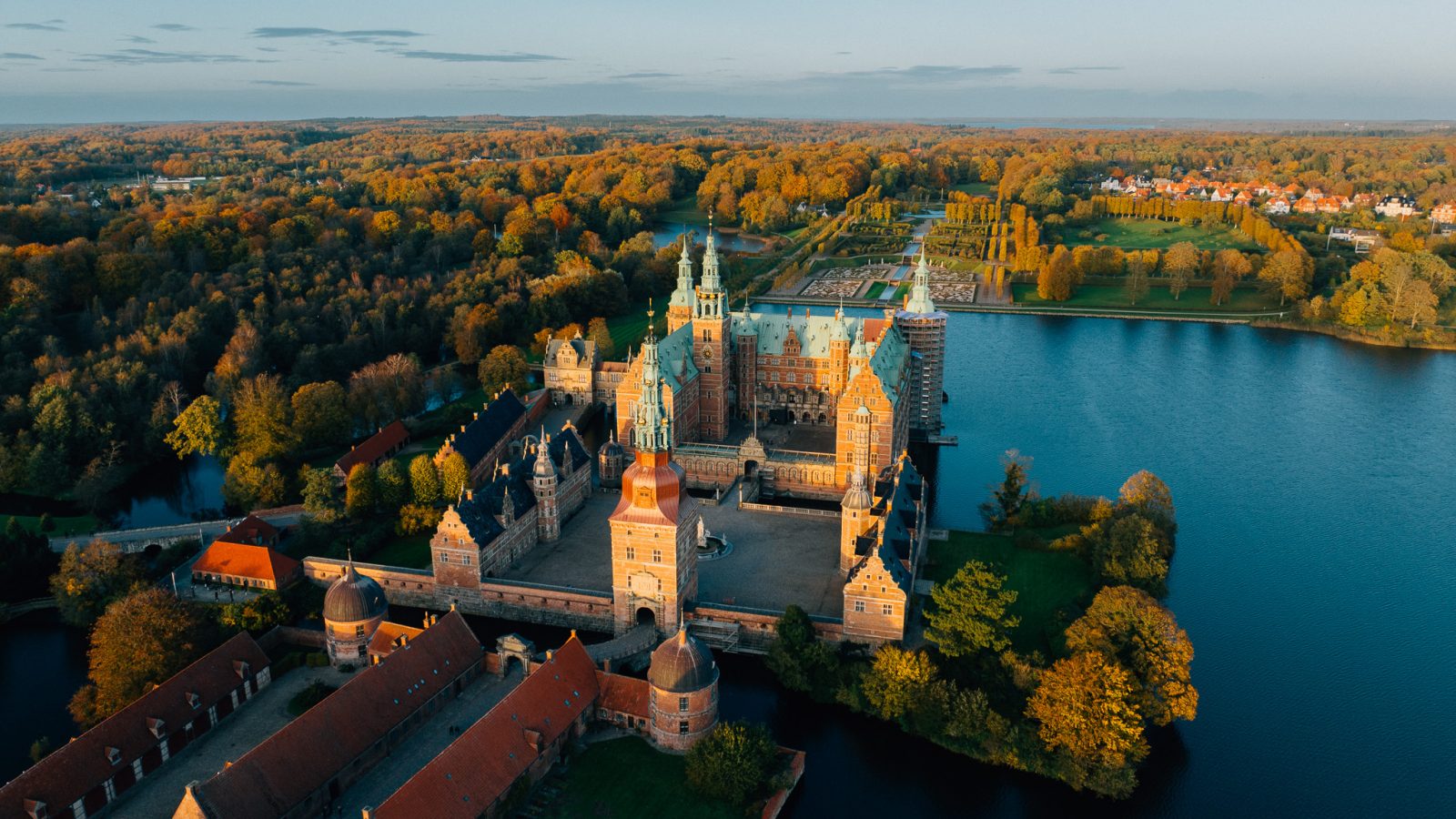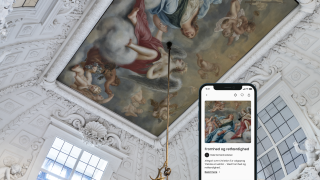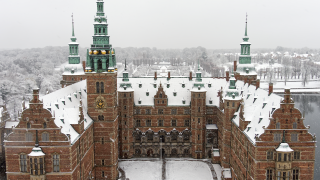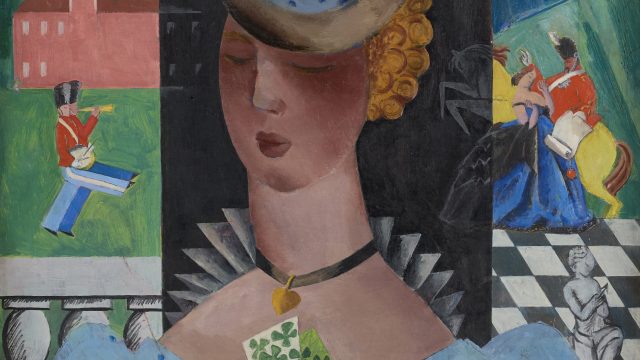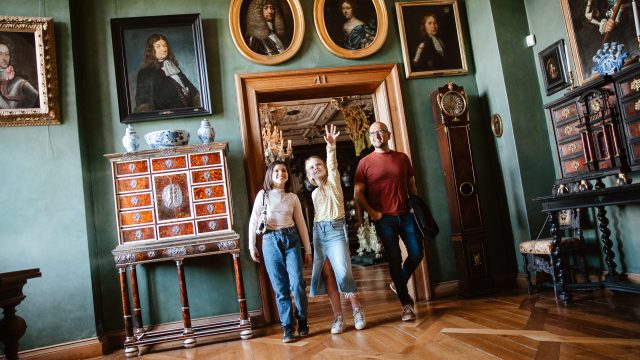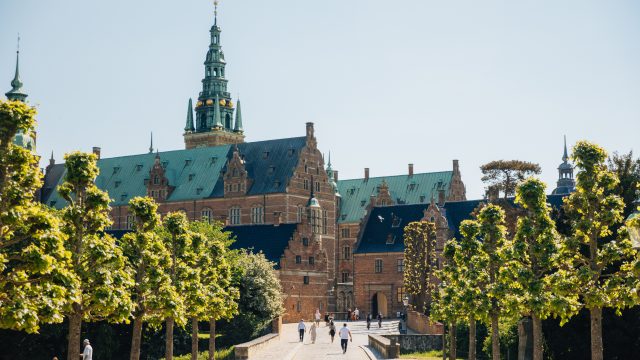The History of Frederiksborg Castle
1560 – 1620: The Building of Frederiksborg
In 1560 King Frederik II acquired Hillerødsholm Manor and constructed the first part of Frederiksborg Castle. But between 1600 and 1620, his son, Christian IV demolished the castle, before building the Renaissance castle we know today.
While the Castle was being built, Christian IV resided in a large, Italian-style pleasure palace by the name of Sparepenge (English: Savings), which he had built on the other side of the lake. Frederiksborg Castle was used as a royal residence for the following one hundred years.
1700 – 1859: A Time of Change
In 1720 Christian IV’s pleasure palace was demolished and then replaced by a stunning Baroque garden. The actual Castle was also renovated in the 1730s, but ceased to be used as a royal residence by the end of the 18th century. Instead, Frederiksborg was to house the royal collection of portraits.
In the mid-19th century Frederiksborg Castle gained a new lease of life when King Frederik VII moved in. He married Louise Rasmussen, who later became known as Countess Danner.
The royal couple renovated the Castle to make their home more contemporary. This included the installation of several fireplaces and stoves to heat the large rooms. But it was one of these new sources of heat that caused the major fire in the Castle in 1859. Large parts of the interior were burned to a cinder, and in many places the outer walls were all that remained. The Chapel and the Audience Chamber survived the fire.
1860 – Today: The Brewer’s Museum
Following the fire of 1859, the reconstruction of Frederiksborg Castle entailed both a nationwide collection and a lottery to raise funds for the Castle.
The Royal Family decided that they would no longer use the Castle as a residence, so the question of what the Castle should be used for was open. The founder of Carlsberg, brewer J. C. Jacobsen proposed the establishment of a museum of national history at the Castle and he offered to pay both for the reconstruction and for the Museum’s further expenses. Since its inauguration in 1878 the Museum of National History has been an independent department of the Carlsberg Foundation.
